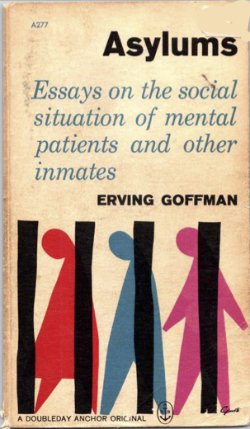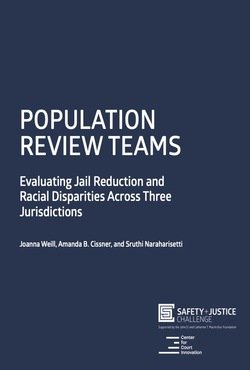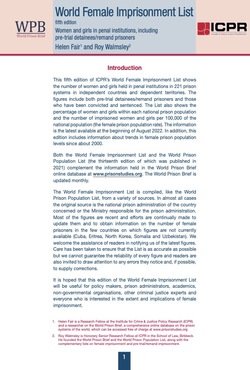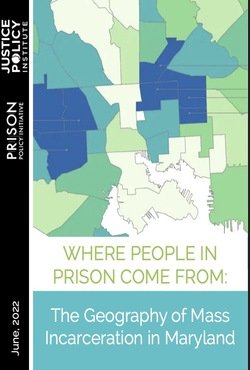Prisoners have significantly greater levels of drug use than the general population, which is related to many adverse outcomes both during and post-imprisonment. Reducing the availability of drugs in prison can lead to a reduction in the drug use of prisoners but requires knowledge of the different drug smuggling routes and the implementation of effective security measures. The main smuggling routes identified in the literature are through visitors; mail; prisoners on reception, remand, or work release; staff; and perimeter throwovers, but they differ between prisons depending on various contextual factors and security measures in place. Based on a total of 81 studies from 22 different countries, the average prevalence of drug use during incarceration is 32.0% with a range from 3.4% to 90%. The types of drugs used in prisons vary among geographical regions, countries, and even regions within countries. The most common drug reported to be used by prisoners in most studies was cannabis, except in South Asia and Scotland, where heroin was more prevalent. The drugs used in prison tend to reflect the prevalence of drugs in the local community, except where a drug has advantages unique to use in prison. It is vital to examine the prevalence of drug use and different types of drugs used during incarceration to help inform drug treatment services, assist prison staff in identifying potential drug use or intoxicated prisoners, and advise prisons about the most prevalent drug smuggling routes so new security measures can be considered.
WIREs Forensic Science, e1473.





















